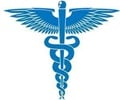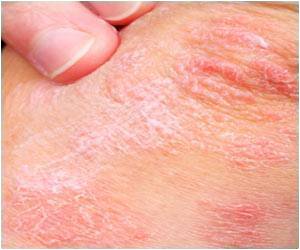
While the most painful procedures were addressed, the less painful ones were just ignored. For many procedures, medication may not be the most appropriate strategy, Stevens said, but there are many other psychological or physical ways to reduce pain.
The researchers looked for documentation that children received either a pain medication, a physical or psychological treatment -- such as swaddling or distracting with a video game -- or were on an intravenous drip of pain medicine. The study found that there was hardly any evidence of these strategies being used; less than 1 percent of children received a psychological form of pain relief. Less than 5 percent of children received physical interventions, such as swaddling or stroking.
It has been suggested that although pain intervention strategies could have been used there is a lack in documenting the action taken. Dr. Wick Kraemer, an assistant professor of anesthesiology at the Children's Hospital of Philadelphia, not a part of the study, said that health care providers do use non-drug strategies regularly to help children in their pain, but they often don't write them down.
Another factor discussed by Dr Lonnie Zeltzer, a fellow with the American Academy of Pediatrics and the director of the pediatric pain program at UCLA's children's hospital is that pain medication may not be given because of anxiety over side effects. She also commented on the lack of knowledge about the non-drug options for pain-relief.
She recommends that medical personnel should be trained and rewarded for documenting the non-drug ways that have been used to help a child in pain.
Advertisement
Advertisement
Source-Medindia














